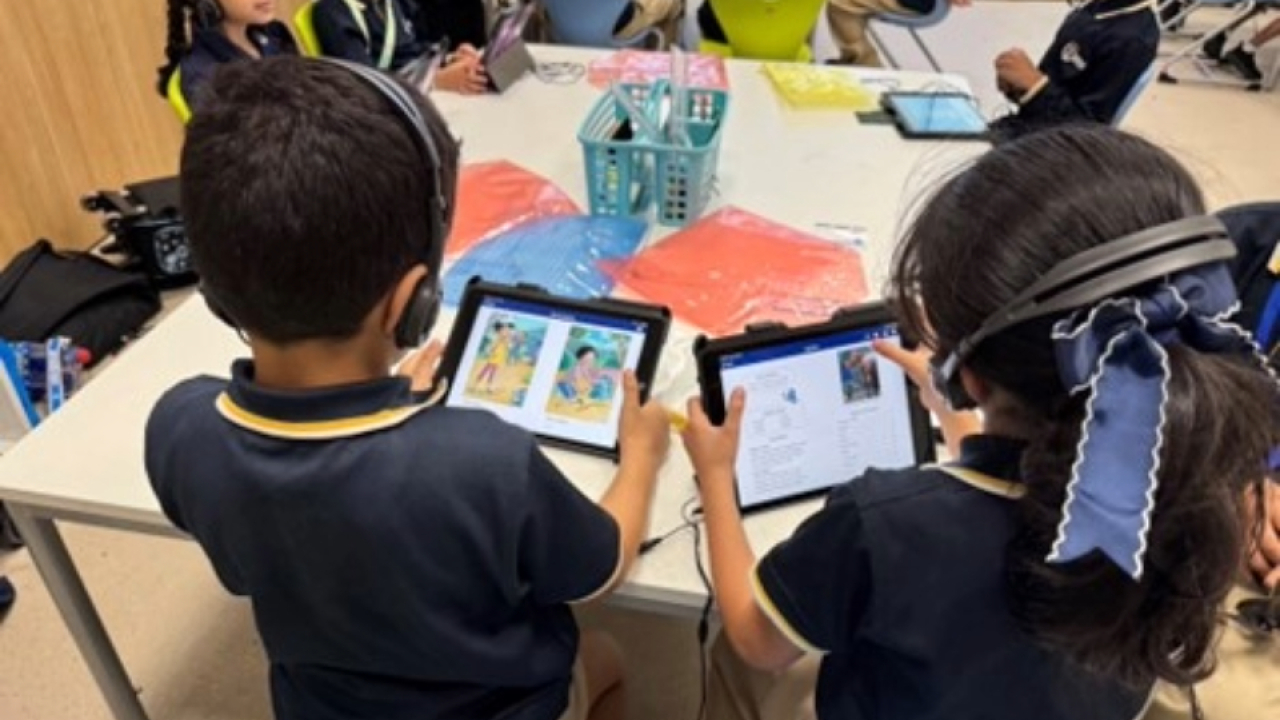Leadership Strategies and Skills

In the current climate, what we do know is that we, as leaders, cannot maintain the educational status quo and continue to operate in the same way, implement the same outdated curricula and promote the traditional roles of ‘teacher’ and ‘student’, whereby ‘teacher’ is the only source of knowledge within the walls of the building we call, ‘school’.
This is also true of leadership, where it is argued that the lone ‘Command and Control’ leader is also a thing of the past. Today, emotionally intelligent leaders must empower and enable high performing teams, ensuring all members are motivated, engaged and free to be creative.
Leadership can be defined as a form of social influence whereby one person engages the help and support of others in a particular task or tasks. Leaders create a shared vision and purpose, providing the direction of travel for an educational community, but it is a journey that they cannot take alone. Everyone must own the vision and the team of builders bring their own skillset, competences, and knowledge to create the desired culture. A culture where purpose sits at the heart, where every member of the community can see the desired outcomes, can take risks and can embrace failure as a necessary step to success. When leaders and teachers can do this, they become excellent role models for students, who are able to recognize perseverance and grit. School leaders must proactively lead in the face of technological disruption, alongside securing excellent learning outcomes for students, placing innovation at the centre, ensuring that every learner enjoys a personalised approach in an environment that supports a variety of learning pedagogies and with a focus on the wellbeing of every member of the community.
The great paradigm shifts in education caused by a combination of the digital revolution and the pandemic, marked a historic moment in educational leadership. However, it appears that many schools are reverting to the ‘old normal’, the pre-Covid practices, instead of boldly leading educators into the next stage of the revolution, the brave new world. Some leaders have seemingly maintained their preferred style of leadership, quickly moving back to operating in a traditional way, in traditional spaces with traditional stereotypical roles. The leadership style that educators advocate has a significant effect on the organizational climate, school culture and can have a ‘profound effect on motivation and staff morale.’ (Goleman)
But as we all know, technology has continued to disrupt education and more astute leaders are dealing with a known skills and capability gap so that students can access a relevant future-focused education. Education must herald leaders who can provide everyone with continuous professional development for skills but must also ensure that the team are able to also exhibit flexibility in their approaches, whether utilizing blended learning or team -teaching with colleagues to enhance experiences for learners. This is where agility must be developed throughout the organization, for every member of the team, with agile leaders best placed to do this.
Stay up to date
Subscribe to the free GESS Education newsletter and stay updated with the latest insights, trends, and event news every week. Your email address will remain confidential

